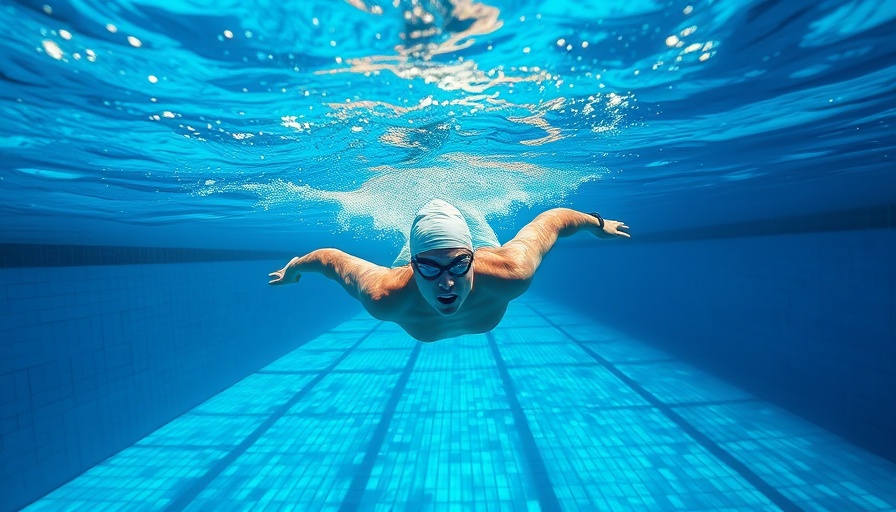
The Unseen Risks of Gymnastics: What You Must Know
When watching a gymnastics highlight reel, it’s easy to be captivated by the grace and finesse of athletes soaring through the air and executing perfect landings. However, behind the beauty lies an alarming reality: numerous gymnasts face serious injuries by pushing past their limits. Gymnastics is a sport that demands incredible strength and flexibility, yet the risks associated with incorrect techniques can lead to debilitating consequences. Just as in other sports, understanding the risks and implementing safety measures is vital for athletes of all ages.
Understanding the Cost of Overexertion
Every athlete wants to perform their best, but there is a fine line between ambition and reckless behavior. Many young gymnasts, fueled by the dream of Olympic glory, might be tempted to ignore their body’s signals, resulting in injuries such as sprains, fractures, and concussions. Coaches and parents need to emphasize the importance of listening to one’s body. Instead of pushing through pain, athletes should learn the value of recovery and proper technique. Simplifying high-level moves can save time from unnecessary injuries and accelerate overall performance, sparking a healthier culture within the sport.
Injury Prevention: Prioritizing Safety Over Performance
What can athletes, parents, and coaches do to ensure safety without sacrificing performance? Establishing injury prevention strategies can drastically minimize risks in gymnastics. One effective approach is implementing a thorough warm-up routine that promotes flexibility and strength, along with regular assessments to ensure proper techniques are followed. Facilitating open conversations between athletes and coaches can help in expressing discomfort or concerns before they escalate into serious problems.
The Mental Impact of Focusing Solely on Performance
In addition to physical injuries, gymnasts may also suffer from mental hurdles brought about by an intense focus on performance. The pressure to succeed can lead to anxiety and burnout, detracting from the love of the sport. Creating an environment that prioritizes mental resilience alongside physical training will empower athletes to thrive. This balance will help them navigate the competitive landscape while still enjoying their sport.
Inspiration Through Examples of Balance in Sport
Consider the stories of famous athletes who have struggled to balance ambition and self-care. For example, Simone Biles’ decision to prioritize her mental health during the Tokyo Olympics sparked an international conversation about the importance of mental wellness in athletics. Instead of shunning vulnerability, Biles demonstrated the strength in acknowledging one’s limits. Her actions serve as a reminder for both aspiring gymnasts and seasoned professionals that success is not exclusively defined by medals or accolades.
Call to Action: Be a Advocate for Change
With increased awareness of the injuries and pressures in gymnastics, it’s crucial for stakeholders—parents, coaches, and athletes—to advocate for safer practices and mental health support. By establishing a culture that promotes discussions around health and well-being, the gymnastics community can pave the way for a safer, more supportive environment that fosters outstanding athletes without neglecting their well-being.
Join the movement toward safety in gymnastics, and challenge yourself or your athlete to prioritize health and technique over pushing limits!
 Add Row
Add Row  Add
Add 




Write A Comment